Nano-Drone news: The U.S. Army’s 1st Infantry Division, fondly known as the “Big Red One,” recently took to X to show off their latest gadget: the Teledyne FLIR Black Hornet 3.
This little bird, weighing a mere 33 grams (less than a AA battery!), is a combat-proven marvel that delivers real-time surveillance without so much as a whisper. In their tweet, the division called it “the new frontier of advanced weapons technology,” and they’re not kidding.
While the DJI Neo might be the drone you’d take for a scenic spin, the Black Hornet 3 is the one you’d send into a warzone—small enough to stash in your pocket, stealthy enough to dodge detection, and tough enough to handle the battlefield. And its a bargain, for the mere price of $194,300 more a piece than the DJI Neo. Let’s break down why this tiny tech is a big deal.

The Black Hornet 3: A Game-Changer in Reconnaissance
Picture this: a drone so tiny it could play hide-and-seek with a soldier’s gear and win. At just 33 grams (the same weight of a standard deck of UNO cards), the Black Hornet 3 is practically invisible in the sky, with a noise signature so low you’d hear a pin drop first.
The 1st Infantry Division is using it in training to keep soldiers “prepped and ready for anything,” as they put it. And it’s not just for show—this little guy has already seen action with Ukrainian forces, thanks to donations from the UK and Norway, and it’s now a key player in the U.S. Army’s toolkit.

What makes it special? It’s built for covert ops, perfect for urban jungles or tight quarters where bigger drones would crash and burn. With over 20,000 units delivered to more than 40 Countries, including NATO allies, the Black Hornet 3 is a global sensation.
It gives troops immediate situational awareness, day or night, beaming back live video and HD stills. The DJI Neo might look cool on Instagram, but this nano-drone is all about keeping soldiers safe and one step ahead of the enemy.
How It Works: The Tech Behind the Tiny Titan
So, how does this pocket-sized powerhouse pull it off? It’s loaded with electro-optical (EO) and infrared (IR) sensors, letting it see through darkness, smoke, or fog—like night-vision goggles with wings. It can fly for up to 25 minutes, transmitting real-time footage back to its operator, all while staying nearly silent.
Oh, and it doesn’t even need GPS—perfect for indoor missions or jammed environments. Think of it as a drone that navigates by instinct, like a seasoned pilot (like us) using the stars.

The Black Hornet 3 also rocks automatic flight modes, so operators can set waypoints and let it do the heavy lifting—circling targets or snapping pics from specific angles. Its modular design means you can swap sensors or batteries on the fly, adapting to whatever the mission throws at you. Teledyne FLIR calls it “immediate covert situational awareness,” and they’re spot on.
From Battlefield to Beyond: The Future of Nano-Drones
The Black Hornet 3 isn’t just a military toy—it’s a sneak peek at where drone tech is headed. Beyond the battlefield, imagine these nano-drones scouting disaster zones for Search and Rescue or keeping tabs on Wildlife without spooking the critters. With future upgrades like swarm tech or AI, they could work in teams, covering vast areas in a flash. It’s sci-fi stuff, but it’s happening now.

And let’s keep it real—if drones keep shrinking, we might need to start frisking our sandwiches for tiny spies. Jokes aside, the U.S. Army’s embrace of the Black Hornet 3 shows they’re serious about staying ahead in modern warfare. It’s not just about size; it’s about precision and stealth, giving troops the edge they need. With Teledyne FLIR delivering these to over 40 countries, this nano-drone is already a worldwide hit—and its story is just beginning.
What do you think? Is the Black Hornet 3 the future of drone tech, or just a small step in a bigger journey? Anyhow, this little bird for sure is made to see even more action!
Images courtesy: U.S. Army by Quinn O’Hara
Discover more from DroneXL.co
Subscribe to get the latest posts sent to your email.


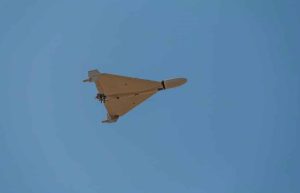

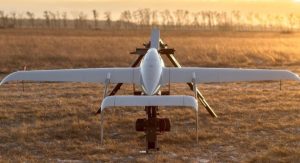
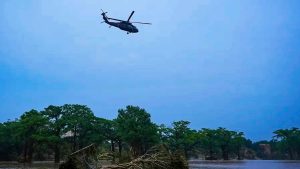


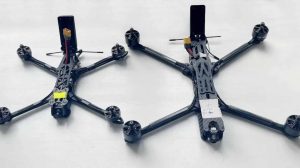
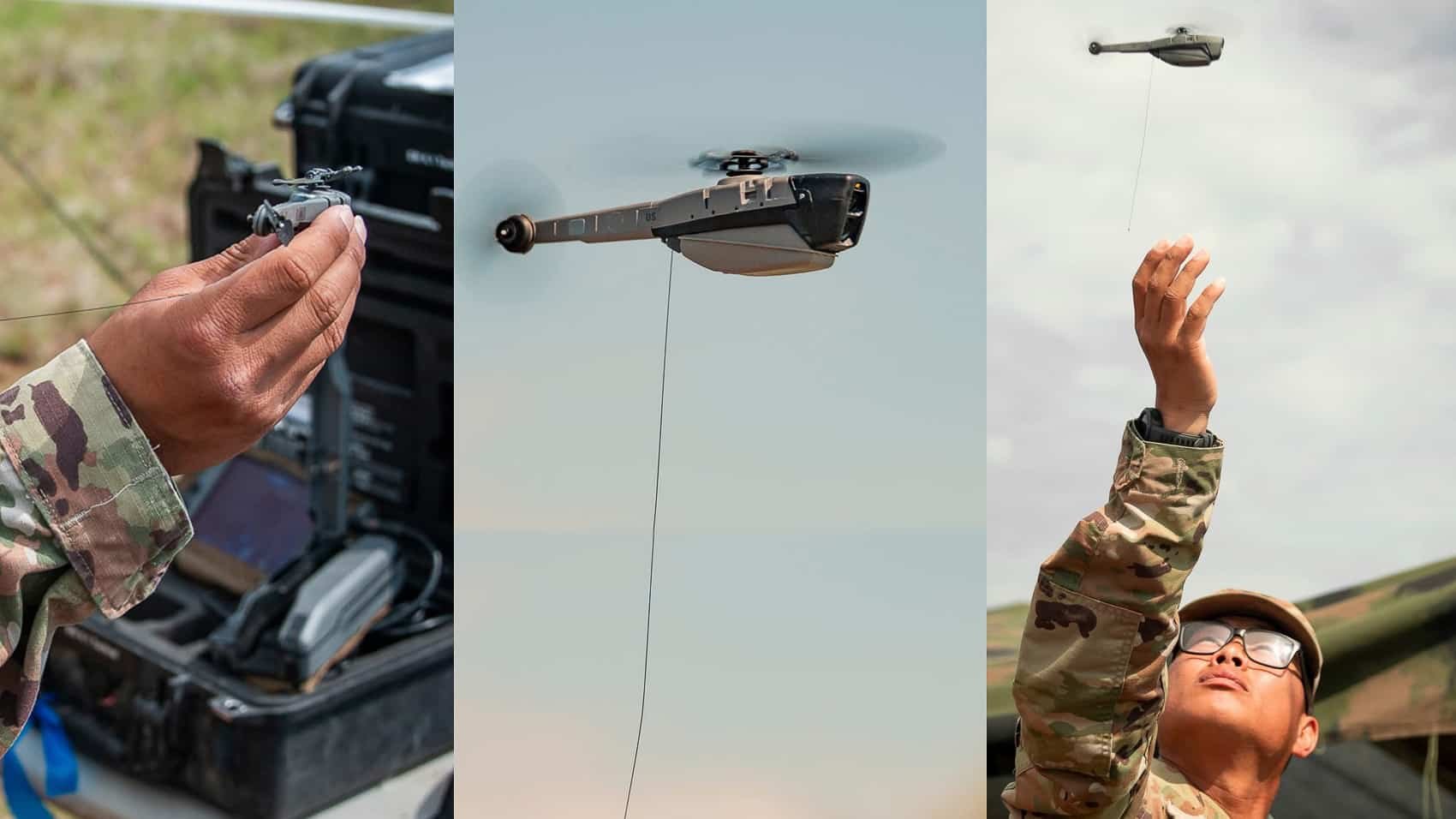
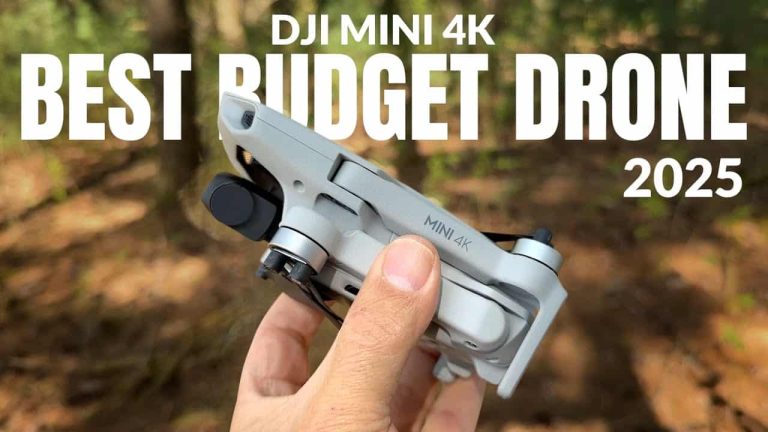

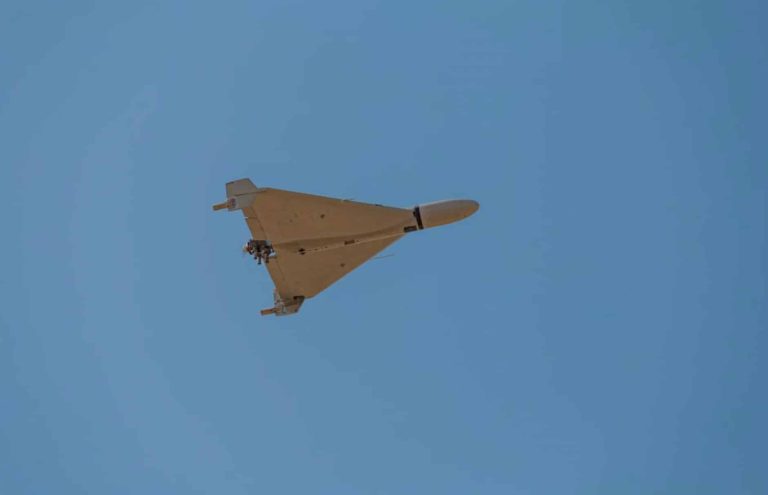



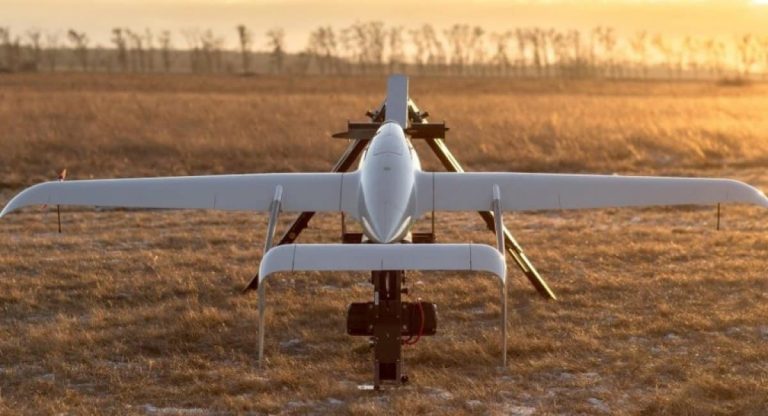
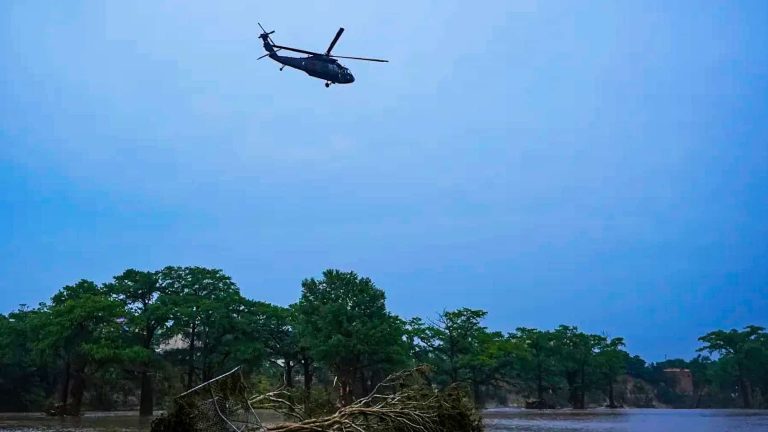


+ There are no comments
Add yours